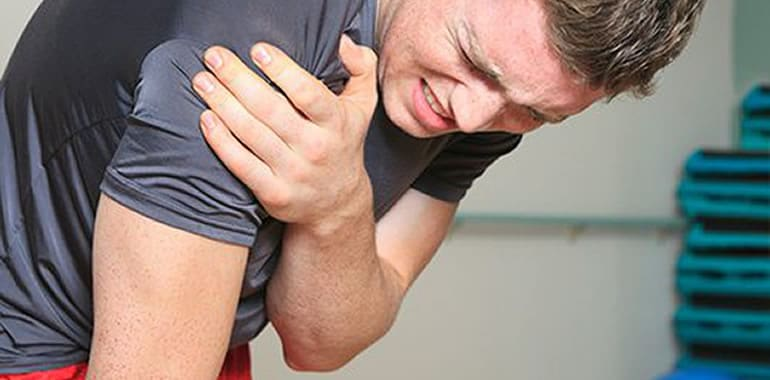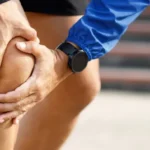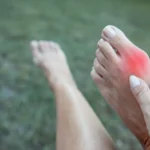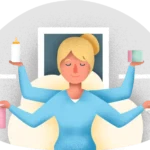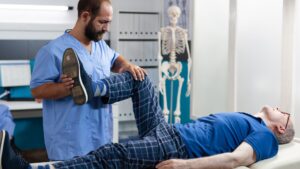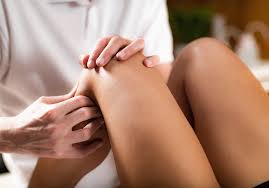Orthopedic injuries affect the musculoskeletal system, including bones, joints, muscles, ligaments, and tendons. They can result from sports, workplace accidents, falls, or sudden physical stress. Understanding the types of injuries and their corresponding treatments helps individuals recognize when to seek medical care and what to expect during recovery.
Fractures and Broken Bones
Fractures are breaks in bone structure, ranging from hairline cracks to complete separations. The break’s pattern, location, and whether the bone pierces the skin. Simple fractures stay contained within the body, while compound fractures break through the skin, requiring urgent orthopedic care.
Treatment depends on the fracture’s severity and location. Minor fractures typically heal with casting or splinting over several weeks. Complex fractures may require orthopedic surgery, often involving the use of plates, screws, or rods, to achieve proper alignment. Recovery time varies, but most simple fractures heal within 6–8 weeks, while more severe cases may take months.
Sprains and Strains
Sprains occur when ligaments stretch or tear, while strains involve muscles or tendons due to overstretching or overuse, commonly affecting ankles, knees, wrists, and the back. These injuries are graded from one to three, with grade one being mild and grade three indicating complete tears. Initial treatment follows the RICE protocol (rest, ice, compression, elevation) to reduce swelling and pain, while severe cases may require bracing or surgery. Physical therapy is beneficial for recovery, restoring strength, flexibility, and range of motion. Most mild to moderate injuries heal within 2–6 weeks, while severe cases may take months.
Dislocations and Joint Injuries
Joint dislocations happen when bones move out of their normal position in a joint. This can damage surrounding ligaments, muscles, and soft tissues. Commonly affected joints include the shoulders, fingers, elbows, and hips. These injuries often occur due to falls, participation in contact sports, or forceful movements that exceed the joint’s normal range of motion. Prompt medical attention is helpful to relocate the joint. This helps prevent complications like nerve damage, blood vessel injury, or long-term instability.
The process of relocating the joint, known as reduction, can involve manual manipulation or surgery in more complex cases. After reduction, immobilization is typically required to allow soft tissues to heal. Rehabilitation focuses on restoring joint stability and preventing future dislocations. Recurring dislocations may occur if ligaments remain weak. In such cases, surgical procedures may be necessary for long-term stabilization.
Tendon and Ligament Tears
Tendon and ligament tears can range from partial injuries to complete ruptures, often affecting weight-bearing joints like knees and ankles due to the stress they endure during movement. Aging and degenerative changes can increase the risk of these injuries. Partial tears may respond to rest, physical therapy, and a gradual return to activity, while complete tears often require surgery for proper healing and function.
Recovery from these injuries takes time, often requiring months of rehabilitation due to the limited blood supply in these tissues. Advanced imaging is beneficial in assessing the extent of damage and guiding treatment plans. Patience and adherence to treatment are beneficial for a full recovery.
Protect Your Orthopedic Health
Maintaining orthopedic health requires consistent attention to proper body mechanics, regular exercise, and injury prevention strategies. Strengthening exercises, flexibility training, and the use of appropriate protective equipment help reduce the risk of injury during activities. If you experience persistent joint pain, swelling, or limited mobility, schedule a consultation with an orthopedic specialist to receive proper evaluation and treatment recommendations.


